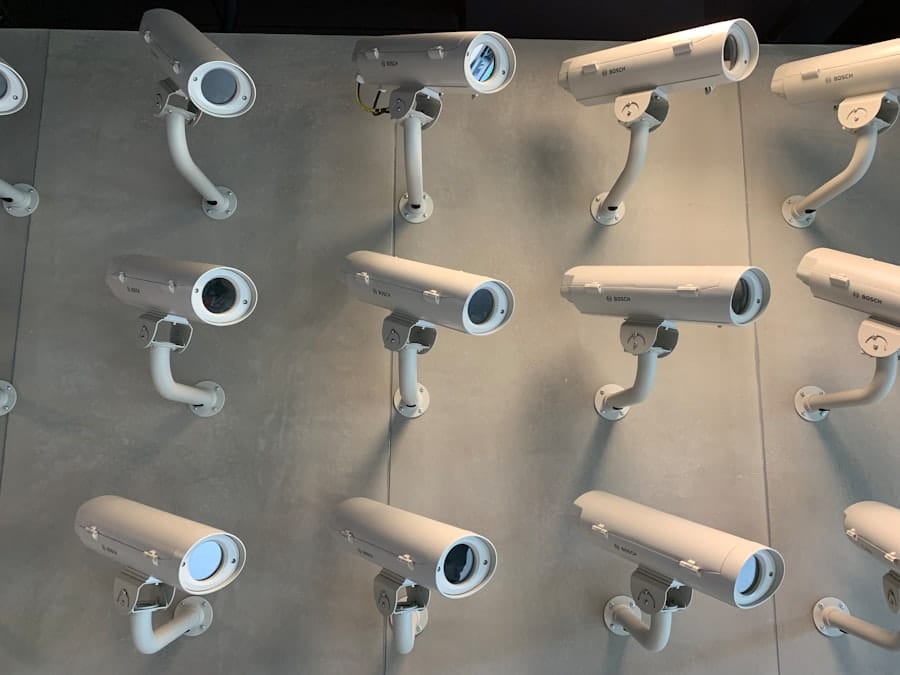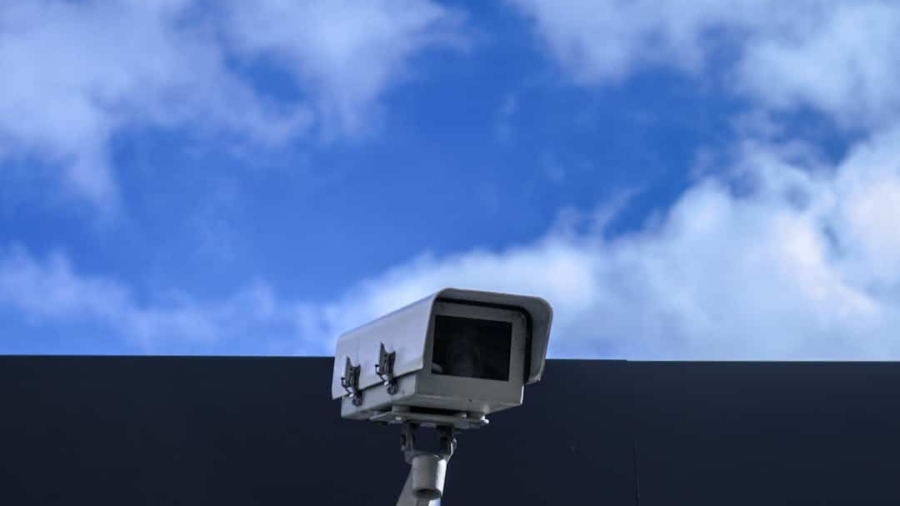In an era where digital transformation is reshaping industries, the security of information systems has become paramount. Traditional intrusion detection systems (IDS) have served as the frontline defense against cyber threats, but they often struggle to keep pace with the rapidly evolving landscape of cybercrime. Enter AI-powered intrusion detection systems, which leverage machine learning algorithms and advanced analytics to enhance the detection and response capabilities of security frameworks.
These systems are designed to analyze vast amounts of data in real-time, identifying patterns and anomalies that may indicate a security breach. By integrating artificial intelligence into the fabric of cybersecurity, organizations can bolster their defenses against increasingly sophisticated attacks. The integration of AI into intrusion detection systems marks a significant evolution in how organizations approach cybersecurity.
Traditional methods often rely on predefined rules and signatures to identify threats, which can lead to missed detections or false positives. In contrast, AI-powered systems utilize adaptive learning techniques that allow them to evolve alongside emerging threats. This dynamic capability not only improves the accuracy of threat detection but also enhances the overall resilience of an organization’s cybersecurity posture.
As cyber threats become more complex and varied, the need for intelligent systems that can autonomously learn and adapt is more critical than ever.
Key Takeaways
- AI-powered intrusion detection systems use artificial intelligence to identify and respond to potential security breaches in digital networks.
- AI plays a crucial role in digital security by continuously analyzing and learning from data to detect and prevent intrusions in real time.
- The benefits of AI-powered intrusion detection systems include improved threat detection, faster response times, and reduced false positives compared to traditional systems.
- AI improves accuracy and efficiency in intrusion detection by automating the analysis of large volumes of data and identifying patterns and anomalies that may indicate a security threat.
- Real-time threat detection and response with AI allows organizations to proactively defend against cyber attacks and minimize the impact of security breaches.
Understanding the Role of AI in Digital Security
Enhanced Anomaly Detection
Machine learning algorithms, a subset of AI, are particularly effective in identifying patterns within large datasets, making them invaluable for detecting anomalies that could signify a security breach. These algorithms can be trained on historical data to recognize what constitutes normal behavior within a network, allowing them to flag deviations that may indicate malicious activity.
Real-Time Threat Response
This capability is essential in an environment where cyber threats are not only increasing in number but also becoming more sophisticated. Moreover, AI enhances the ability of intrusion detection systems to respond to threats in real-time. Traditional systems often require human intervention to analyze alerts and determine appropriate responses, which can lead to delays in mitigating potential breaches.
Automated Security Response
AI-powered systems can automate these processes, enabling them to respond to threats instantaneously based on predefined protocols or learned behaviors. This automation not only reduces the burden on security teams but also minimizes the window of opportunity for attackers, thereby enhancing overall security effectiveness.
Benefits of AI-Powered Intrusion Detection Systems

The benefits of AI-powered intrusion detection systems are manifold, particularly in their ability to improve threat detection rates while reducing false positives. One of the most significant advantages is the enhanced accuracy achieved through machine learning algorithms. These systems can continuously learn from new data inputs, refining their detection capabilities over time.
For instance, if a new type of malware is identified, an AI system can quickly analyze its characteristics and adjust its detection parameters accordingly, ensuring that future instances are recognized promptly. Another key benefit is the scalability of AI-powered systems. As organizations grow and their networks expand, the volume of data generated increases exponentially.
Traditional IDS may struggle to keep up with this influx of information, leading to potential gaps in security coverage. In contrast, AI systems are designed to handle large datasets efficiently, allowing them to monitor extensive networks without compromising performance. This scalability ensures that organizations can maintain robust security measures even as their digital environments evolve.
How AI Improves Accuracy and Efficiency in Intrusion Detection
AI significantly enhances both accuracy and efficiency in intrusion detection through its ability to analyze data patterns and adapt to new threats. Traditional IDS often rely on static rules that can become outdated as cybercriminals develop new tactics. In contrast, AI algorithms utilize techniques such as supervised and unsupervised learning to identify anomalies based on historical data and real-time inputs.
For example, an AI system might detect unusual login patterns that deviate from established norms, such as multiple failed login attempts from different geographic locations within a short timeframe, indicating a potential brute-force attack. Furthermore, the efficiency of AI-powered intrusion detection systems is evident in their ability to prioritize alerts based on severity and context. Instead of overwhelming security teams with numerous alerts—many of which may be benign—AI systems can filter out noise and highlight critical threats that require immediate attention.
This prioritization allows security professionals to focus their efforts on high-risk incidents, improving response times and reducing the likelihood of successful breaches.
Real-Time Threat Detection and Response with AI
One of the most compelling features of AI-powered intrusion detection systems is their capability for real-time threat detection and response. In today’s fast-paced digital landscape, where cyberattacks can occur within seconds, the ability to identify and neutralize threats in real-time is crucial for safeguarding sensitive information. AI systems continuously monitor network traffic and user behavior, analyzing data streams for signs of malicious activity as they occur.
This proactive approach enables organizations to respond swiftly to potential breaches before they escalate into significant incidents. For instance, consider a scenario where an employee inadvertently clicks on a phishing link that compromises their credentials. An AI-powered system can detect unusual access patterns immediately following this event—such as attempts to access sensitive files or systems outside normal working hours—and trigger automated responses such as account lockdowns or alerts to security personnel.
This rapid response capability not only mitigates potential damage but also reinforces an organization’s overall security framework by minimizing the impact of human error.
Overcoming Challenges and Limitations of AI-Powered Intrusion Detection Systems

Despite their numerous advantages, AI-powered intrusion detection systems are not without challenges and limitations. One significant concern is the potential for bias in machine learning algorithms.
Organizations must ensure that their training datasets are comprehensive and regularly updated to reflect evolving threat landscapes. Another challenge lies in the interpretability of AI decisions. While machine learning models can effectively identify anomalies, understanding the rationale behind specific alerts can be complex.
Security teams may find it difficult to trust automated decisions without clear explanations, leading to hesitancy in responding to alerts generated by AI systems. To address this issue, developers are increasingly focusing on creating explainable AI models that provide insights into how decisions are made, thereby enhancing trust and facilitating more effective human-AI collaboration.
Implementing AI-Powered Intrusion Detection Systems in Organizations
The implementation of AI-powered intrusion detection systems requires careful planning and consideration of various factors within an organization’s cybersecurity strategy. First and foremost, organizations must assess their existing infrastructure and determine how best to integrate AI technologies into their current security frameworks. This may involve upgrading hardware capabilities or investing in cloud-based solutions that offer scalable processing power for real-time analytics.
Training personnel is another critical aspect of successful implementation. Security teams must be equipped with the knowledge and skills necessary to work alongside AI systems effectively. This includes understanding how to interpret alerts generated by these systems, as well as knowing when human intervention is required for complex incidents.
Additionally, organizations should establish clear protocols for incident response that leverage both automated actions taken by AI and manual interventions by security professionals.
Future Trends and Developments in AI-Powered Intrusion Detection Systems
As technology continues to advance, the future of AI-powered intrusion detection systems promises exciting developments that will further enhance cybersecurity capabilities. One emerging trend is the integration of artificial intelligence with other technologies such as blockchain and Internet of Things (IoT) devices. By combining these technologies, organizations can create more robust security frameworks that not only detect intrusions but also provide secure transaction environments and protect connected devices from vulnerabilities.
Another anticipated development is the increased use of federated learning in AI models for intrusion detection. This approach allows multiple organizations to collaborate on training machine learning models without sharing sensitive data directly. By leveraging insights from diverse datasets while maintaining privacy, federated learning can enhance the accuracy and effectiveness of intrusion detection systems across various sectors.
In conclusion, as cyber threats continue to evolve in complexity and scale, the role of AI-powered intrusion detection systems will become increasingly vital in safeguarding digital assets. The ongoing advancements in artificial intelligence will undoubtedly shape the future landscape of cybersecurity, providing organizations with innovative tools to combat emerging threats effectively.
If you are interested in enhancing your digital security with AI-powered intrusion detection systems, you may also want to check out this article on the best shared hosting services in 2023. It is important to ensure that your website is hosted on a secure platform to prevent cyber attacks and data breaches. By combining reliable hosting services with advanced security measures, you can create a strong defense against potential threats.
FAQs
What is an AI-powered intrusion detection system (IDS)?
An AI-powered intrusion detection system is a security solution that uses artificial intelligence and machine learning algorithms to detect and respond to potential security threats and intrusions in a digital environment.
How does an AI-powered IDS enhance digital security?
AI-powered IDS can enhance digital security by continuously monitoring network traffic, identifying abnormal patterns or behaviors, and alerting security teams to potential threats in real-time. This proactive approach helps to prevent security breaches and minimize the impact of cyber attacks.
What are the benefits of using AI-powered IDS?
Some benefits of using AI-powered IDS include improved threat detection accuracy, reduced false positives, faster response times to security incidents, and the ability to adapt to evolving cyber threats. Additionally, AI-powered IDS can help organizations comply with regulatory requirements and protect sensitive data.
How does AI technology improve intrusion detection capabilities?
AI technology improves intrusion detection capabilities by analyzing large volumes of data, identifying patterns and anomalies, and learning from past security incidents to enhance its ability to detect and respond to new threats. This enables AI-powered IDS to stay ahead of cyber attackers and provide more effective protection for digital assets.

